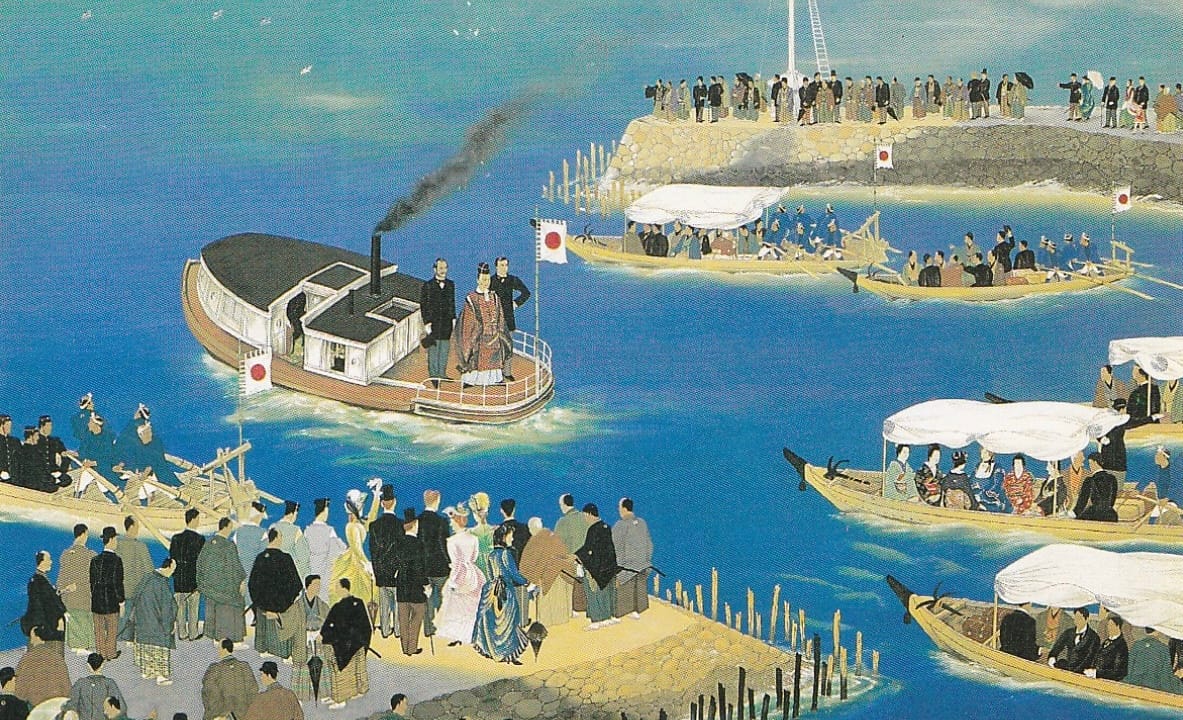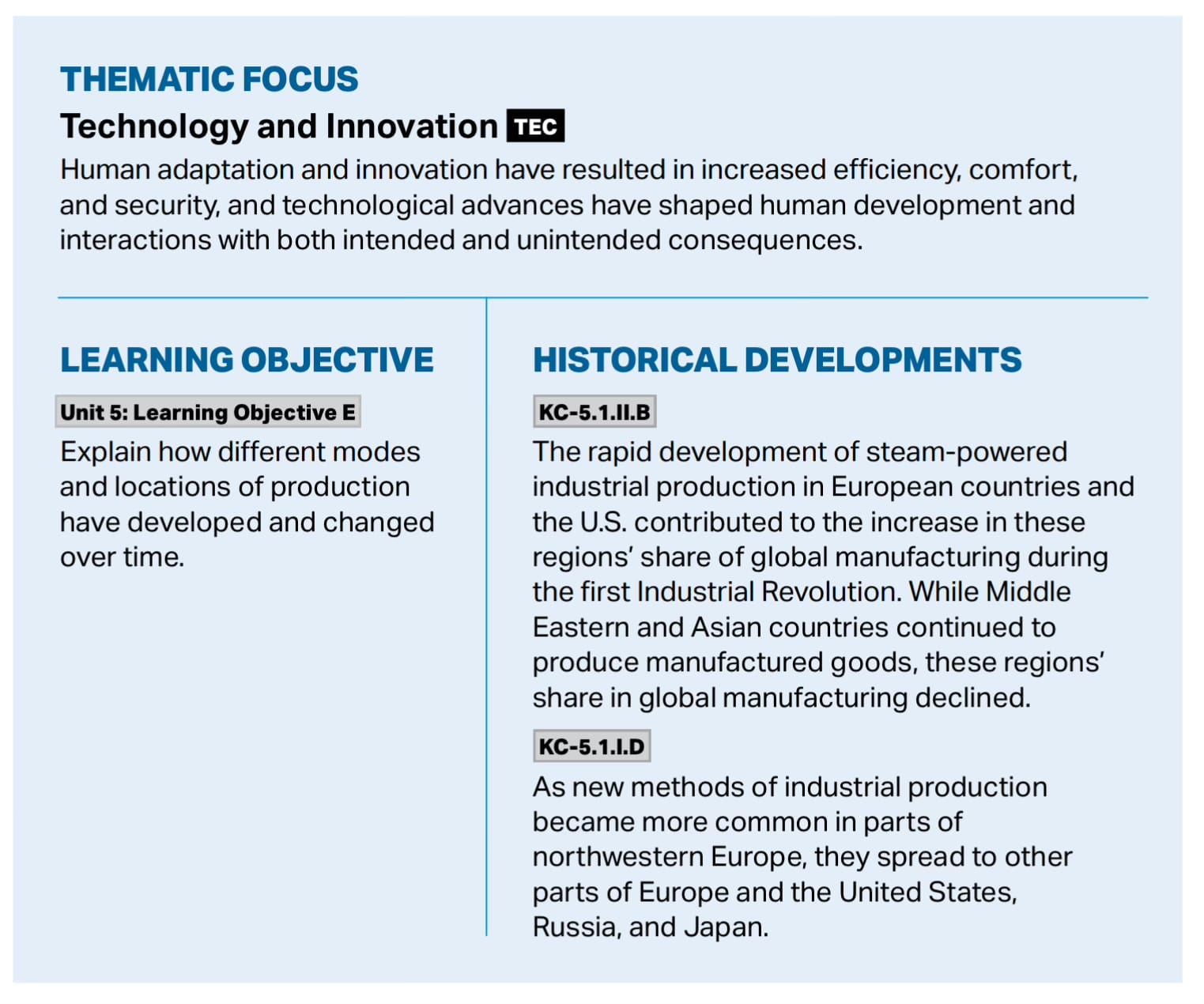“The Lesson to be Drawn for Japan”: The Origins of Japanese Industrialization
Discussion of teaching the origins of Japanese industrialization


When we teach about the spread of industrialization in world history courses, Japan is one of the most frequently discussed case studies. Students sometimes assume that when Commodore Matthew Perry forced Japan to revise its foreign policy in 1853-1854, the Japanese began “westernizing.” It actually took a little while before the Japanese began to industrialize. The Meiji Restoration occurred in 1868. The new government sent the Iwakura Mission to Europe and the United States from 1871 to 1873. Iwakura Tomomi headed the mission, and Kido Takayoshi, Yamaguchi Masuka, Itō Hirobumi, and Ōkubo Toshimichi were the four vice ambassadors. After their return, Japan began to industrialize.
The Source
This Content is for Subscribers on the Buy Me Lunch and Buy Me Dinner tiers
SubscribeAlready have an account? Log in



